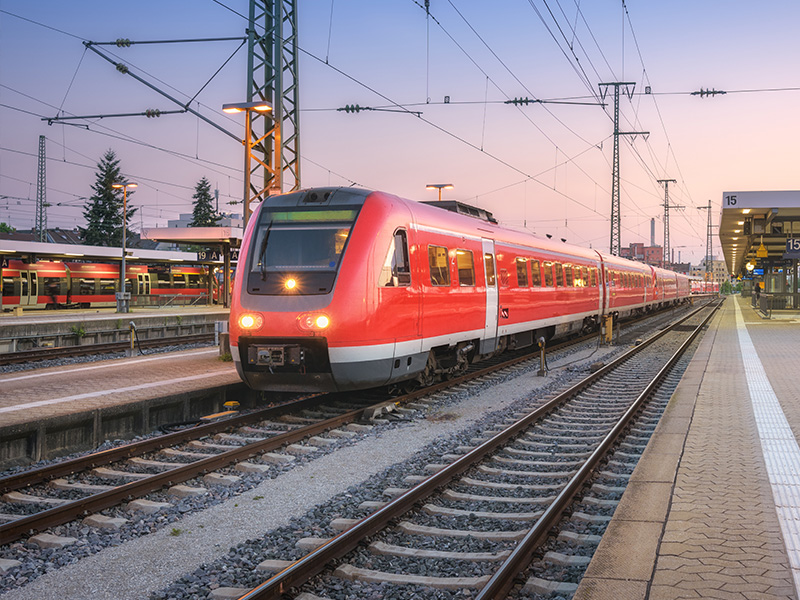
Haryana’s infrastructure landscape, particularly in Gurugram, is on the brink of a transformative journey with the advent of multiple metro projects. These ambitious endeavors promise not only to redefine the way people commute but also to inject vitality into the real estate sector, ushering in unparalleled opportunities for growth and development.
At the heart of this transformation lies the urgent need to address the burgeoning population growth in the National Capital Region (NCR). Gurugram’s exponential expansion underscores the critical importance of bridging gaps within the city for seamless accessibility. The proposed metro extensions will serve as lifelines, connecting different parts of the city and making travel more convenient for residents and businesses alike.
The extension of Delhi Metro’s Yellow Line will serve as a backbone for seamless connectivity across the NCR, facilitating smoother travel for thousands of commuters. Additionally, the introduction of metro corridors within Gurugram itself will enhance intra-city connectivity, seamlessly linking residential areas, commercial hubs, and industrial zones.
These metro stations are poised to become epicenters of accessibility, promising a surge in real estate demand along their corridors. Prospective homebuyers and investors are already eyeing properties in anticipation of substantial value appreciation. Moreover, historical data suggests that metro projects often act as catalysts for urban development, fueling the growth of ancillary infrastructure such as roads, commercial centers, and recreational facilities.
The significance of metro expansion extends beyond mere connectivity—it fosters the development of Transit-Oriented Developments (TODs). These mixed-use developments, strategically positioned around metro stations, maximize public transportation accessibility. TODs create vibrant urban hubs where residents can live, work, and socialize within walking distance of public transit, thereby addressing the growing demand for housing while catalyzing economic activity along metro corridors.
Signature Global, a reputable real estate promoter, firmly believes that metro infrastructure will serve as a catalyst for accelerated growth in Gurugram. The Haryana government’s visionary plan to link Delhi with the National Cancer Institute in Jhajjar via metro represents a transformative step towards enhancing connectivity and spurring regional development.
Moreover, the imminent arrival of the Regional Rapid Transit System (RRTS) rail project promises to revolutionize connectivity not only within Delhi but also across adjoining states. This multi-modal transportation network will knit together urban centers, facilitating swift and efficient movement of people and goods.
The synergy between metro expansion and real estate development is poised to redefine Haryana’s landscape, offering a glimpse into a future characterized by enhanced livability and economic vibrancy. As these projects unfold, stakeholders across sectors—from government bodies to investors—are poised to reap the rewards of proactive infrastructure investment.
In conclusion, Haryana’s metro expansion heralds a new era of connectivity and growth. By leveraging the power of public transportation, the state is poised to unlock its full potential, driving economic prosperity and enhancing the quality of life for its residents. As construction progresses and networks expand, Haryana’s journey towards a more connected and vibrant future is set to accelerate.